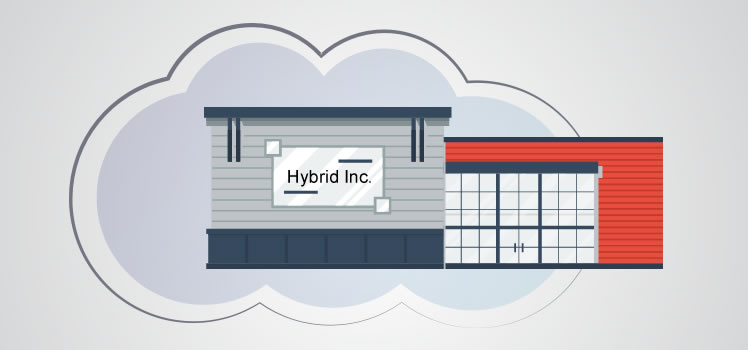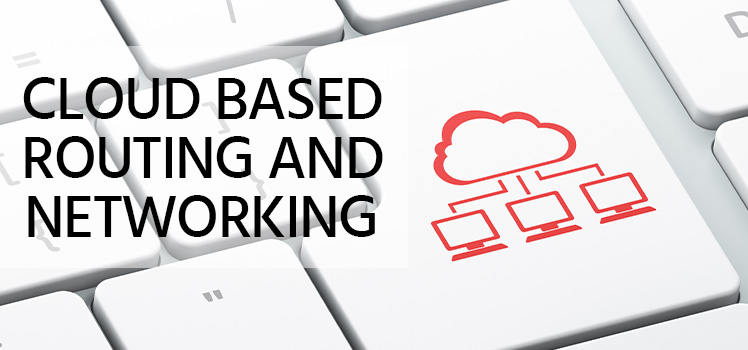Why You Need Cloud Based Layer 7 Load Balancing Today
Keeping up with the pace of ever the changing world of IT today is a challenge. It can be like trying to drink from a fire hydrant. You can drown in the overwhelming constant barrage of information and technological advancement. For that reason, it is not unusual for today’s IT managers to be unfamiliar with many innovations that are fundamental for today’s enterprise. One of these overlooked areas is network load balancing. Many IT veterans are surprised to learn that modern day load balancing solutions can service multiple geographical regions based on application requests. Load balancing, like many facets of IT, has evolved very quickly in a condensed amount of time and many IT managers are playing catchup.
The Evolution of Load Balancing
Everything has a beginning, and the legacy of load balancing began in the form of DNS round robin. Under this scenario, the DNS server utilized multiple ‘A’ records to sequentially distribute traffic amongst a group of servers such as front-end web servers or an OWA connection. Although this method did help alleviate traffic congestion and improve response times, it lacked the intelligence of fault detection. If one of the designated servers went down due to hardware failure, traffic would continue to be forwarded to the offline server.
To combat this, DNS providers like Total Uptime developed DNS Failover. DNS Failover resolves the issue of fault detection. By adding advanced monitors and reducing TTL values, the failover monitoring system can automatically remove DNS ‘A’ records from DNS when the devices behind them become inaccessible based on highly customizable parameters. While a pretty slick solution that many organizations still use very successfully to this day, DNS Failover still doesn’t solve a few key issues: 1) all traffic must be evenly distributed among the host ‘A’ records, 2) even short lived TTL values are sometimes ignored by ISPs making the withdrawal of an IP not entirely perfect, and 3) there is no traffic management, such as session awareness, at any level because DNS is entirely independent of the application. It is essentially a digital street sign. It can be updated quickly with new directions, but it has no control over the traffic once it makes a turn.
Enter the traditional network load balancer. A load balancer can be software based such as the network load-balancing component offered in the Windows Server operating system. It can also be a dedicated appliance that resides between client traffic and the server farm that it services. The premise behind traditional network load balancing is simple. Connections during peak demand times can overwhelm servers that users depend on. By evenly distributing traffic, it decreases individual server load, thus improving responsiveness and increasing availability of critical applications.
A traditional load balancer performs its functions at the Layer 4 Transport level. Traffic is first sent to the load balancer that holds a cluster IP address. Packet streams are then forwarded to a cluster member server, each one maintaining a separate IP address. Traffic redirections are based on traditional packet encapsulation information such as IP address and TCP port. The load balancer does health checks of the cluster members to ensure that they are still active. In the event that a server is unavailable, traffic is no longer forwarded to that sever. An often-neglected aspect of an appliance based load balancer is the fact that the appliance itself becomes a single point of failure within the network. At best, traffic can no longer be properly distributed if offline. At worst, traffic is totally disrupted.
Today’s Hybrid Cloud Environments Demand More
The traditional network load balancer proved an ample solution for the legacy on premise datacenter of yesterday. But the dawn of cloud computing and Hybrid IT has changed everything. As companies scramble to digitally transform themselves in order to incorporate greater degrees of agility, flexibility and responsiveness, a new paradigm of computing was introduced. This has generated the need for a more intelligent network load balancing solution that can distribute traffic by utilizing complex algorithms that distribute workloads according to traffic patterns and multiple factors. Load balancing today is not just about improving network performance. In an online world, poor network response times can quickly translate into lost sales, which have a direct impact on a company’s bottom line.
Today’s enterprise is made up of multiple cloud environments that can span the globe. Redirecting traffic streams is no longer about distributing to cluster servers A, B or C. Instead, network load balancing must be on a global scale, encompassing multiple datacenters if not regions of the world. Workloads are directed to the optimal location according to geographic proximity of the client. If a datacenter goes offline, client connections are simply redirected in transparent fashion by the load balancer to alternate locations. IT only makes sense that in order to maximize the agility and scalability of the cloud; you need a cloud-based load balancing solution. A global cloud load balancing solution extends the benefits of load balancing to a global audience.
In addition, web application sessions are no longer about a single server. Today’s advanced web applications and media streaming services incorporate a multitude of servers with each one potentially residing at a different location. This requires the ability to make routing decisions according to application Layer 7 attributes and content requests. In other words, the content itself is directing traffic decisions, which is the ultimate level of responsiveness. Image and video requests can be routed to servers that are optimized for digital media storage while web application requests are routed to application servers.
Today’s cloud based load balancers are incorporated in failover solutions as well as disaster recovery strategies. This means that load balancers must be able to determine the health viability of its servers in order to prevent disruption of service. Today’s enterprises demand a lot from network load balancing. Make sure your hybrid cloud is not impeded by the limited scope of an outdated load balancing solution.
 What is an Application Delivery Network?
What is an Application Delivery Network?  Global Server Load Balancing (GSLB)
Global Server Load Balancing (GSLB)  Measuring Failure
Measuring Failure 


